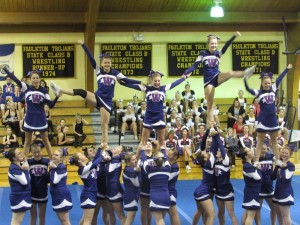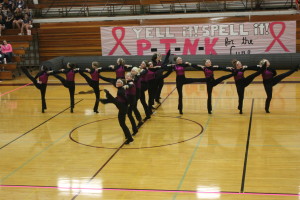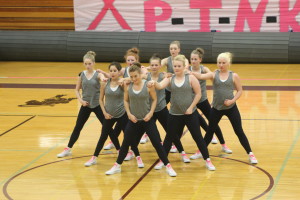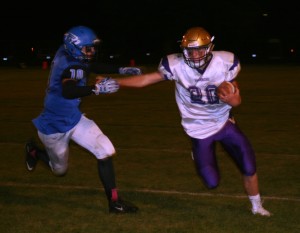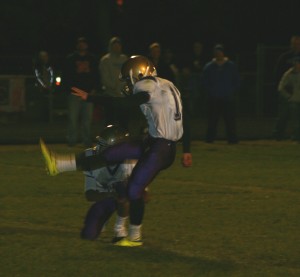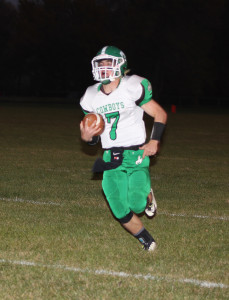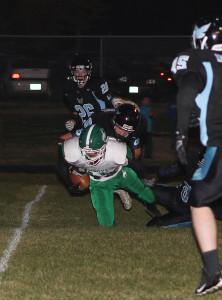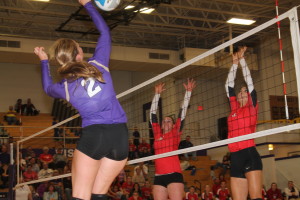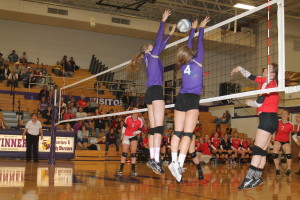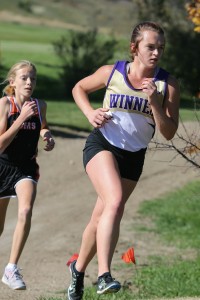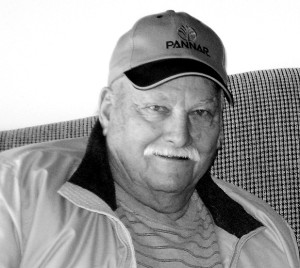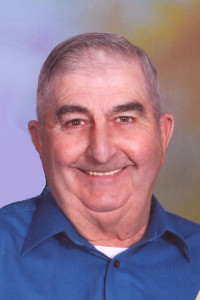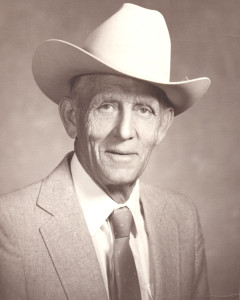
Ivan Dale Ewing was born near Dallas, SD on April 22, 1925 and died on October 14, 2015. He grew up and lived most of his life in Tripp County.
Ivan, also known to many as Bus or Buster, was inducted into the Army on September 22, 1943 and served as Squad Leader in the 16th Armored Division. He served in the European Theater of Operations in the 16th Tank Battalion of Headquarters Company. As squad leader Ivan was in charge of the heavy mortar squad, trained and taught battle tactics to enlisted men, supervised the work of 5 men, and was acting 1st Sargent for 3 months. Ivan was also a drill sergeant and prison guard for American prisoners at Camp Chaffee and German prisoners in France. On May 20, 1946 Ivan was honorably discharged.
On April 30, 1947 Ivan married his sweetheart, Ardath Hopkins. Together they began ranching and raising their family of four children. They were married for 68 years.
Ivan loved his ranch and worked hard to acquire it. As he looked across his land he often would say “How green is my valley.” He took great pride in the quality of his cattle, the land and even his corrals and well built sturdy loading chutes that he built with his two sons, Bob and Neil.
Ivan served on the South Dakota Brand Board and felt honored to be asked to do so. He was a leader in his community and his church, the United Methodist Church.
He frequented the sale barns and loved talking about the cattle business over a cup of coffee. At home his friends and neighbors always knew coffee was hot and ready to be served along with a few good stories, jokes, and laughs.

